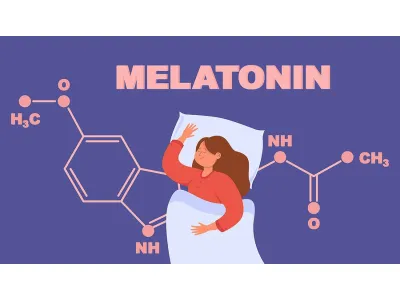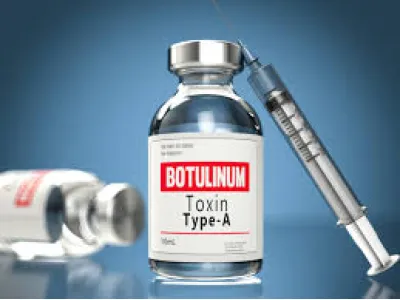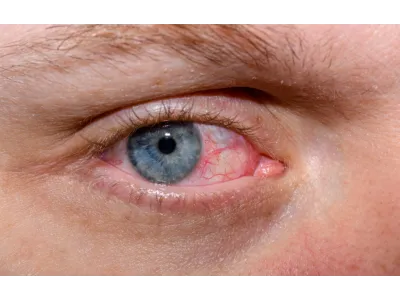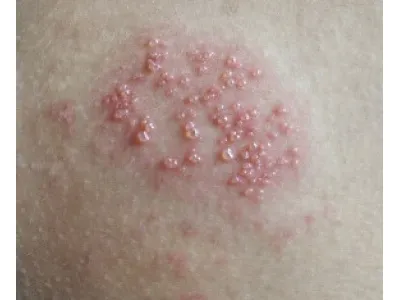Botulinum Toxin: The Most Powerful Bacterial Poison and Its Use in Aesthetics
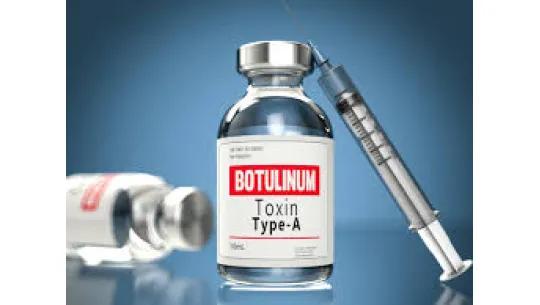
In natural conditions, the exotoxin produced by Clostridium botulinum is the most potent poison of bacterial origin. When a person is exposed to this toxin, it affects motor neurons of the peripheral nervous system, as well as the spinal cord and medulla oblongata, blocking the transmission of nerve impulses from nerve cells to muscles.
The neurotoxic effect of botulinum toxin leads to damage of subcortical nerve centers and manifests as visual disturbances, difficulty swallowing, loss of voice, and in severe poisoning — death due to respiratory paralysis and cardiac arrest.
The neurotoxin produced by Clostridium botulinum has been known to modern scientists for quite some time. The spore-forming bacterium that produces the neurotoxin was first studied in 1895 by Belgian scientist Émile Pierre van Ermengem. In 1946, Edward Schantz successfully isolated purified botulinum neurotoxin type A.
In 1950, Vernon Brooks discovered that botulinum toxin type A blocks neuromuscular transmission and causes paralysis of the muscle into which it is injected. By 1988, botulinum toxin type A — under the name Oculinum — was being used to treat various disorders associated with abnormal muscle tone, including cervical dystonia, blepharospasm, and strabismus.
Today, botulinum toxin type A preparations are used in many areas of medicine to treat conditions involving increased muscle tone.
The mechanism of action of botulinum toxin type A is based on its ability to block the release of the neurotransmitter acetylcholine from the presynaptic membrane at the neuromuscular junction, resulting in muscle paralysis. However, a protective mechanism is triggered in the body: new nerve endings begin to grow and form new neuromuscular junctions, preventing muscle atrophy. The process of reinnervation takes 3 months to 1 year.
The ability of botulinum toxin type A to block nerve impulses to facial muscles — thereby smoothing facial wrinkles — was first studied by Canadian specialists Alastair and Jean Carruthers.
The most well-known botulinum toxin type A products are Botox, produced by the American company Allergan, and Dysport, made by the French firm Beaufour-Ipsen-Speywood. These products differ in storage conditions and in the number of active units per vial. Another well-known product is Lantox, a synthesized botulinum toxin type A produced by the Lanzhou Institute of Biological Products in China.
In cosmetic practice today, botulinum toxin type A products are used to denervate facial muscles and restore skin elasticity and smoothness.
Facial skin is connected to the underlying muscles, and when these muscles contract, the skin wrinkles. Expression lines form as the skin ages and loses elasticity, and also in people predisposed to active facial expressions — often linked to individual psychological characteristics.
After injection into facial muscles, the toxin causes relaxation and, within 14–15 days (sometimes sooner), paralysis of the targeted muscles. The effect typically lasts 6–9 months, and in some cases up to a year, although partial muscle movement usually returns within 3–4 months.
With repeated injections, the effect can last 6–12 months. To achieve long-term results, two or three treatments per year may be used, but some patients lose the habit of frowning after just one treatment, making further injections unnecessary.
The injection is administered with an insulin syringe and a fine needle into the projection area of the muscle responsible for expression lines. Although systemic effects of botulinum toxin type A have not been observed, it is recommended to limit the dose per session. For example, the Botox dose should not exceed 50 units per procedure.
Botulinum toxin type A is commonly injected into the frontalis muscle to smooth horizontal forehead wrinkles. For frown lines, it is injected into the corrugator supercilii and procerus muscles, which are responsible for deep vertical lines between the eyebrows. To reduce crow’s feet, the toxin is injected into the orbicularis oculi muscle around the outer eye corners. For pronounced nasal wrinkles, injections target the nasalis muscle and its alar part on both sides.
Other target muscles include the depressor anguli oris (responsible for downturning the mouth corners), mentalis (chin muscle), and platysma (superficial neck muscle).
Besides muscle paralysis, botulinum toxin also blocks nerve impulses to sweat glands, reducing perspiration. This makes botulinum toxin type A effective in treating excessive sweating (hyperhidrosis) in the armpits, palms, and soles.
Absolute contraindications to botulinum toxin type A injections include pregnancy, breastfeeding, myasthenia gravis, hemophilia, and allergic reactions to any component of the product. Caution is also necessary in patients taking antibiotics from the erythromycin, tetracycline, lincomycin, polymyxin, or aminoglycoside groups, as well as anticoagulants (e.g., aspirin), in those with neurological disorders, and in patients with chronic illnesses during periods of exacerbation.




